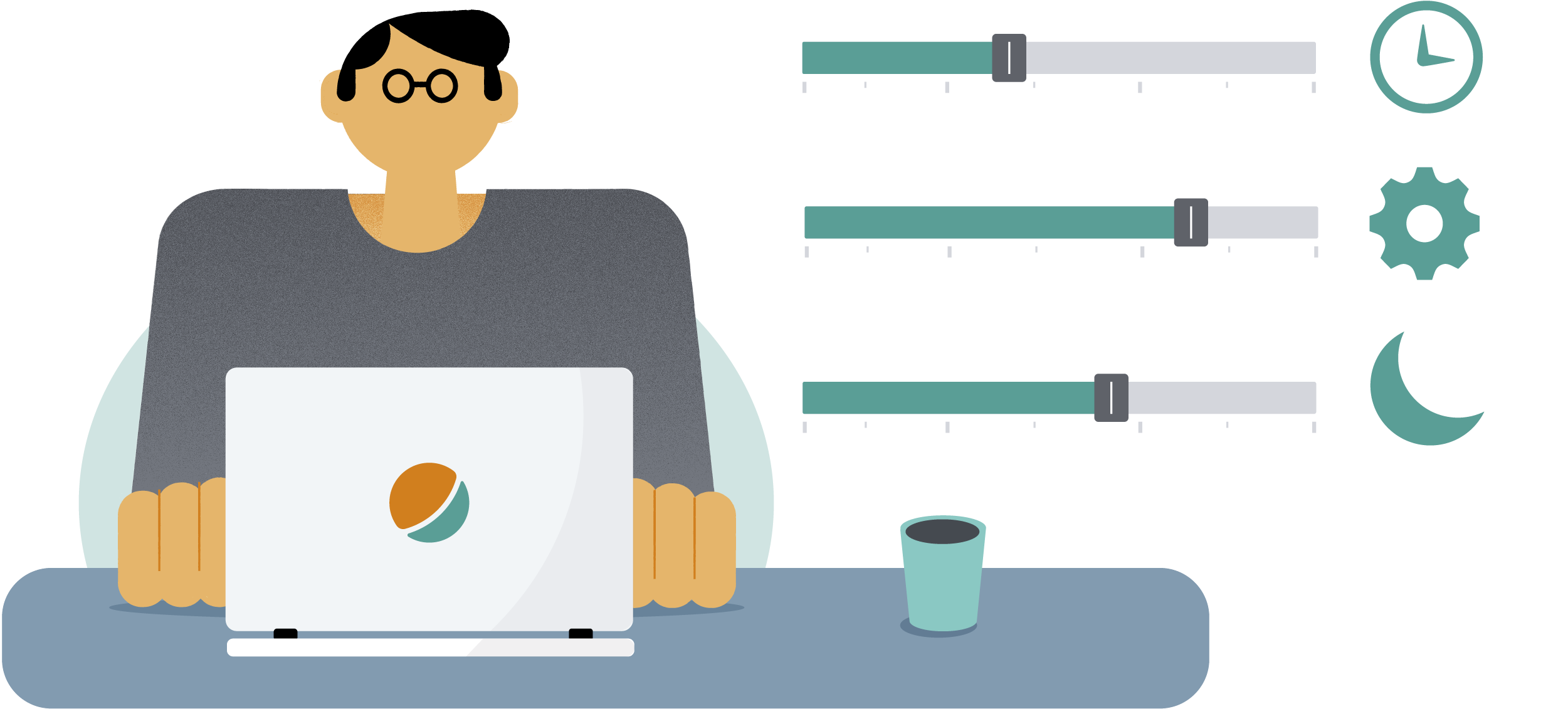Reducing the stressfulness of shift work with good shift planning

Objective
Ergonomic shift planning helps in adapting the shift system to employees’ physiological and social needs. Good shift rotation promotes recovery and work-life balance, as well as reduces health risks arising from shift work, such as sleep disorders, occupational accidents, risks during pregnancy and cardiovascular diseases. Ergonomic shift planning reduces sickness absences and the risk of incapacity for work. Assessing the stressfulness of shift work is mandatory according to the Finnish Occupational Safety and Health Act.
Steps
- Evaluate the stressfulness of existing shift work models. The traffic light model of the Finnish Institute of Occupational Health (in Finnish) provides a good overview of the stressfulness of working hours, especially in shift work. The website of the Finnish Institute of Occupational Health contains sector-specific recommendations (in Finnish) for improving shift rotation systems.
- Identify the needs of the involved parties for the development of working hours. What development needs do employees have, and how about the employer's representatives? In addition to good shift ergonomics, attention should be paid to factors such as operating times and client needs.
- Identify the main and common objectives for the development of shift ergonomics. Usually, the most important issues are making night shifts easier and ensuring adequate recovery between shifts. Organizing their leisure time is often a key issue for employees.
- Start a trial period of at least 6 months, preferably 12 months.
- Carry out the impact assessment in co-operation with the various staff groups and make joint decisions on the way forward.
Impact follow-up
Decreasing the stressfulness of shift work will increase recovery time between shifts and promote sleep and perceived recovery from shifts. In the longer term, sickness absences and various health risks tend to decrease.
Improving shift ergonomics should be ensured by assessing shift ergonomics and well-being at work, both before and after changing working hours. The shift work sleep disorder survey by the Finnish Institute of Occupational Health (in Finnish) is suitable for monitoring sleep disorders.
